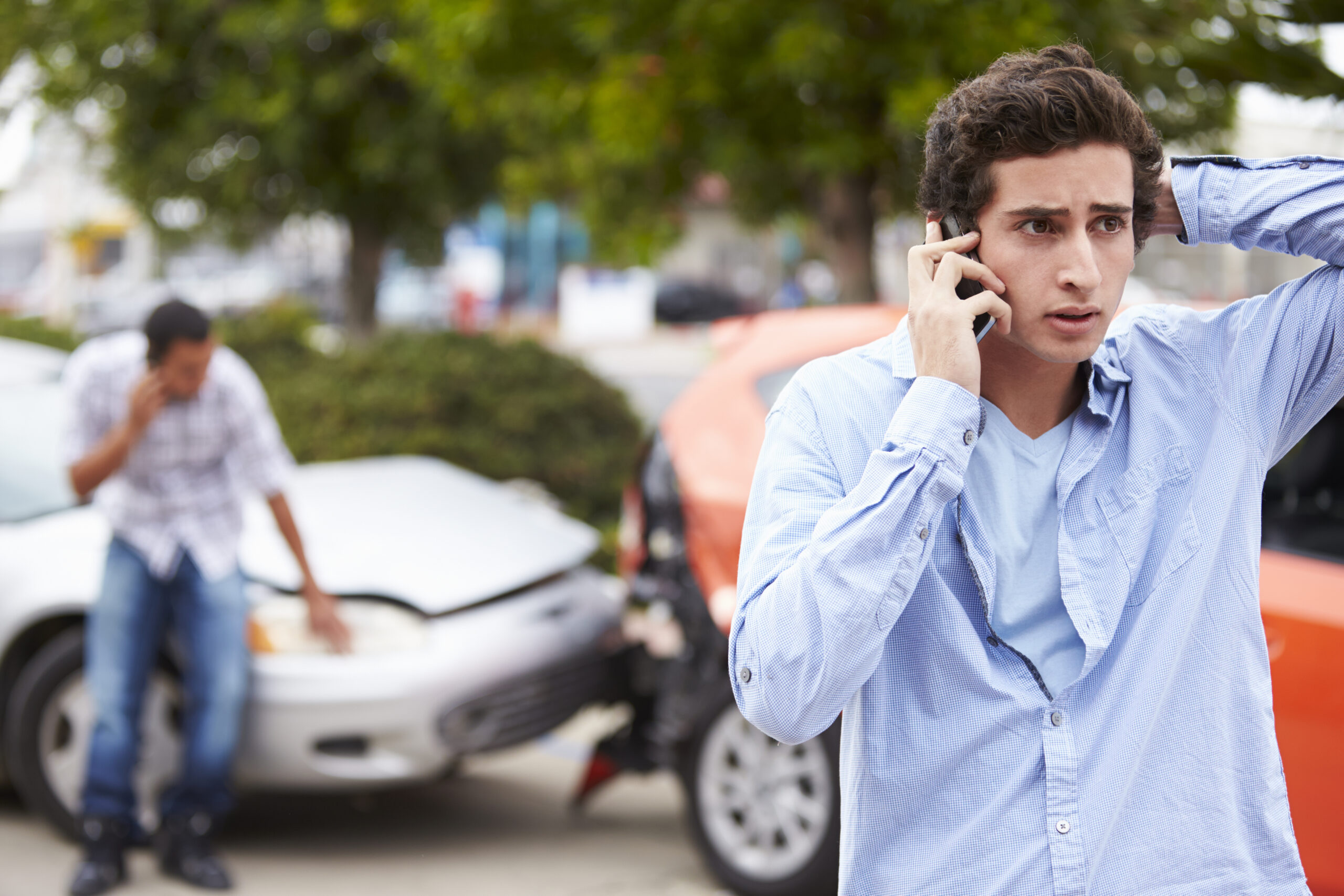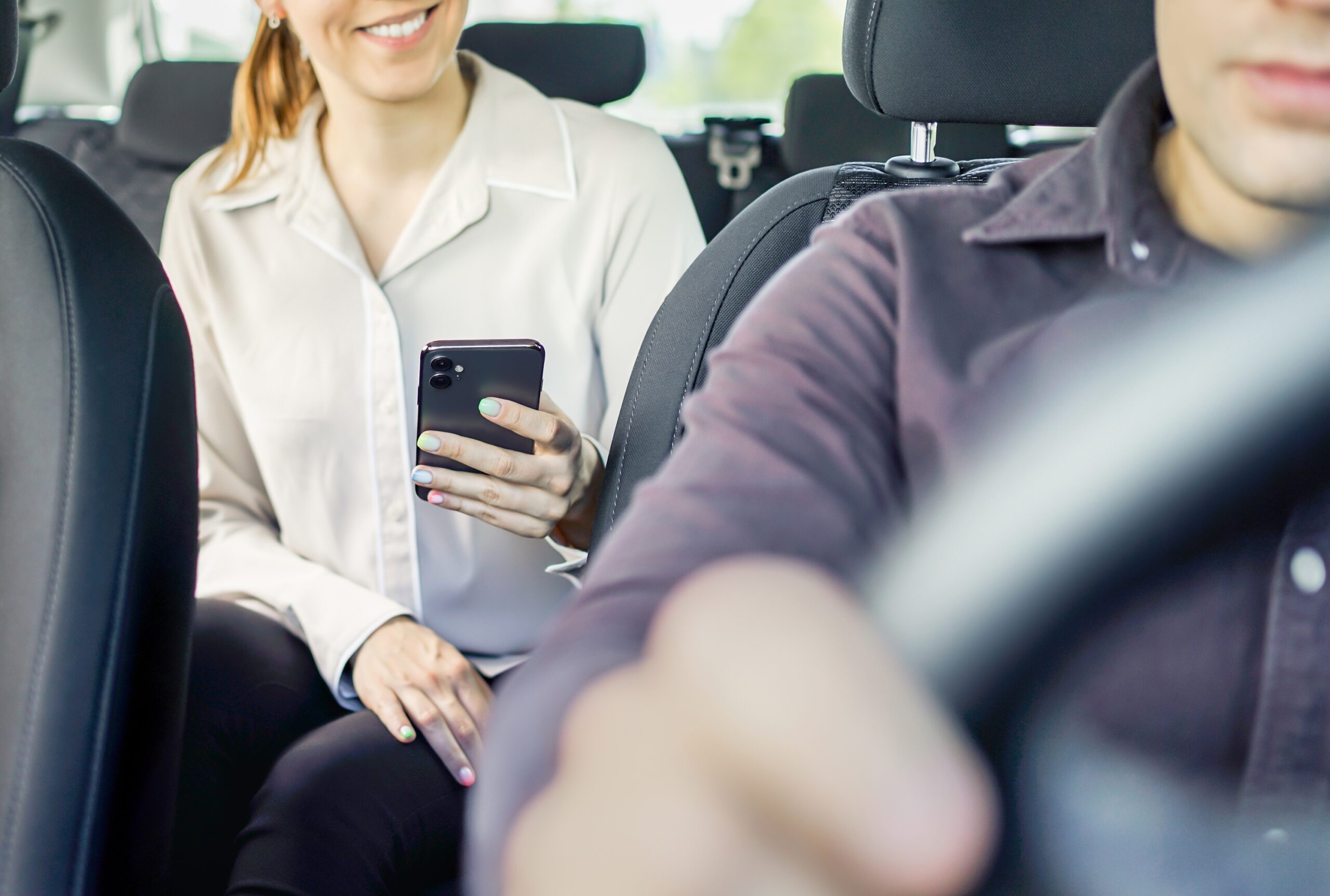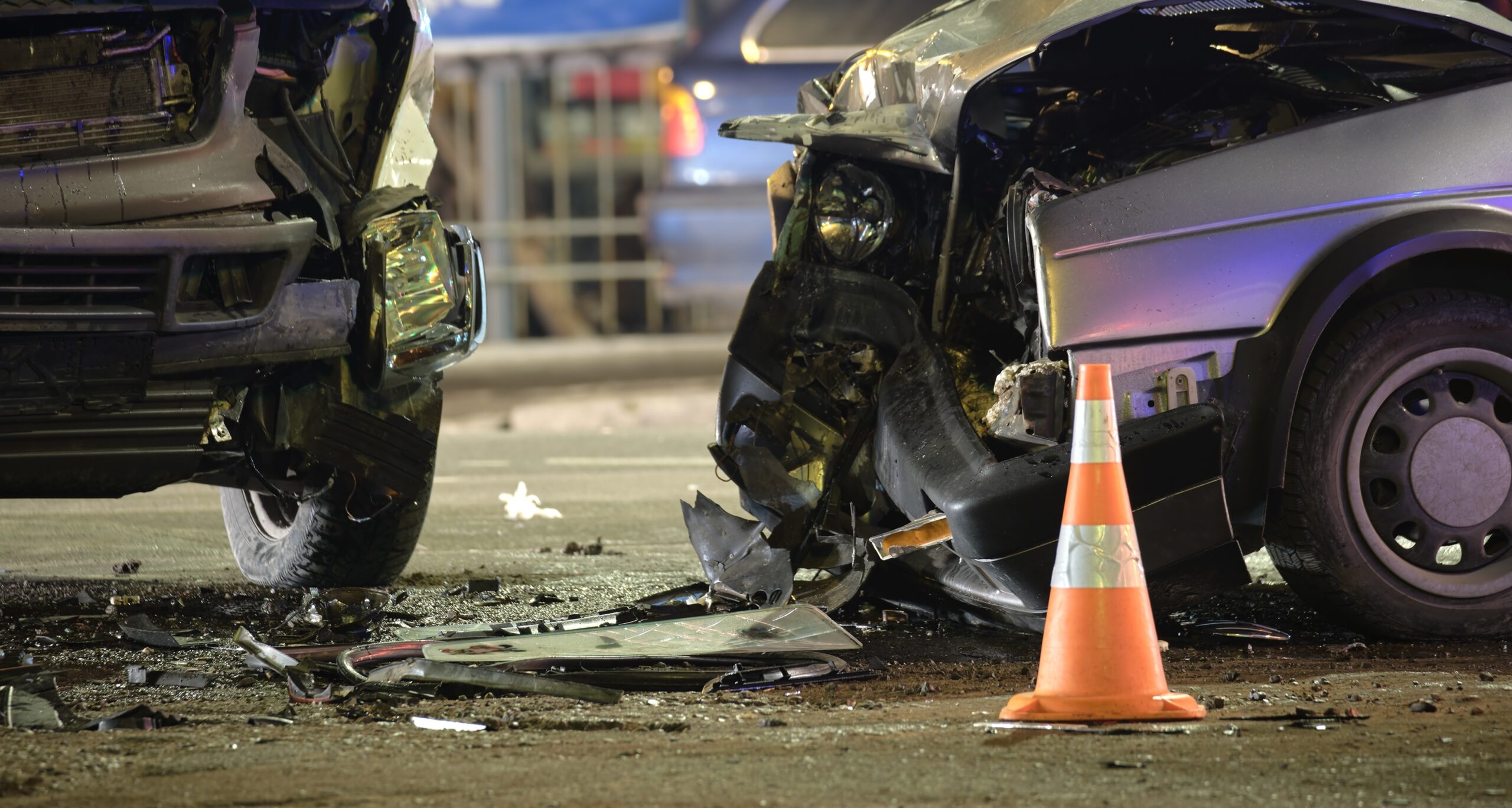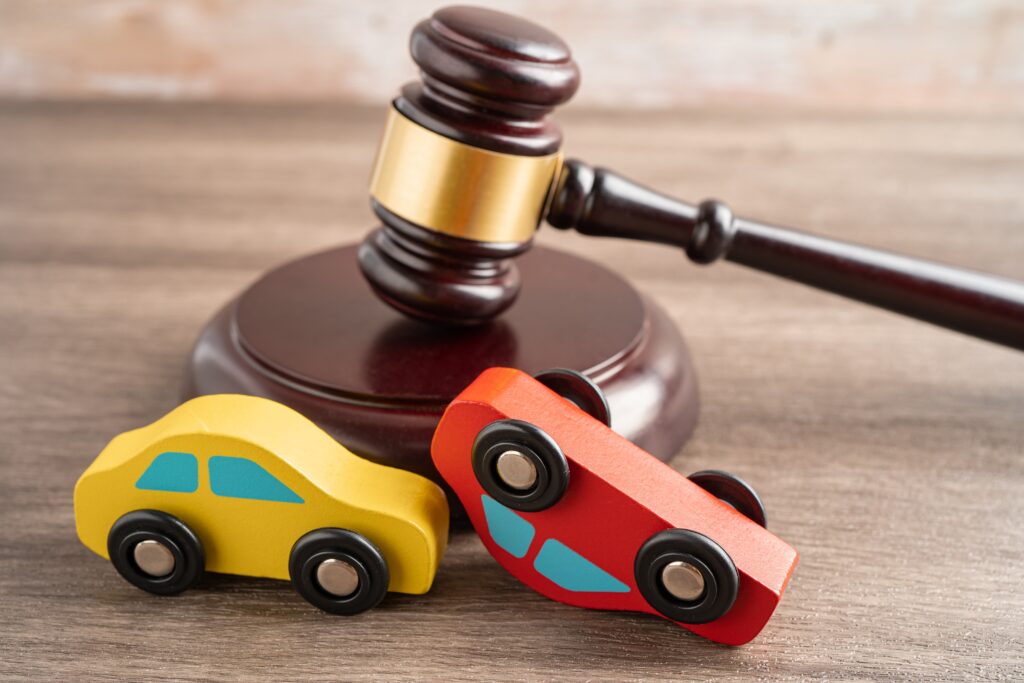
From aggressive drivers who speed and tailgate to distracted drivers who use their phones behind the wheel, these individuals pose a significant risk to themselves and others. Additionally, alcohol or drugs impair some drivers, and some engage in reckless behaviors such as street racing or ignoring traffic laws.
The complexities of dealing with dangerous drivers lie in the fact that their actions can lead to severe accidents, injuries, and even fatalities. It is imperative to hold these individuals accountable for their actions and seek justice for those affected.
After an accident caused by a dangerous driver, seek legal guidance. Contact a Phoenix car accident attorney near you to protect your rights and pursue the compensation you deserve.
Schedule a Free Initial Consultation Today!
Phoenix Car Accident Guide
- Drunk or Drugged Drivers
- Texting or Otherwise Distracted Drivers
- Road Raged Drivers
- Rideshare or Taxi Drivers
- Fatigued or Drowsy Drivers
- Overly Confident Drivers
- Reckless Speeders
- New Teen or Inexperienced Drivers
- Elderly Drivers
- Tailgaters
- Drivers Who Mishandle Their Vehicles
- Too-Slow Drivers
- Drivers with Physical or Mental Health Issues
- Were You in an Accident Caused by a Dangerous Driver? Contact a Car Accident Attorney Near You
Drunk or Drugged Drivers
About one person dies every 39 minutes in the U.S. from a drinking-related car accident, according to the National Highway Traffic and Safety Administration (NHTSA).
Drunk or drugged drivers are a major threat on the roads and pose a significant risk to themselves and others.
Alcohol and drugs impair judgment, coordination, and reaction time, making it difficult for drivers to operate a vehicle safely. When under the influence, drivers are more likely to make erratic decisions, drive at excessive speeds, and potentially cause severe accidents. These drivers can be unpredictable and pose a serious threat to everyone around them.
If you or a loved one has suffered an injury in an accident caused by a drunk or drugged driver, it is imperative to seek legal representation. A car accident lawyer can gather supporting evidence and advocate for your rights. They can also assist in pursuing compensation for medical expenses, property damage, lost income, and pain and suffering.
Texting or Otherwise Distracted Drivers
In today's digital age, technology has become an integral part of our lives. While there are many benefits to staying connected, the misuse of technology while driving has become a significant safety concern.
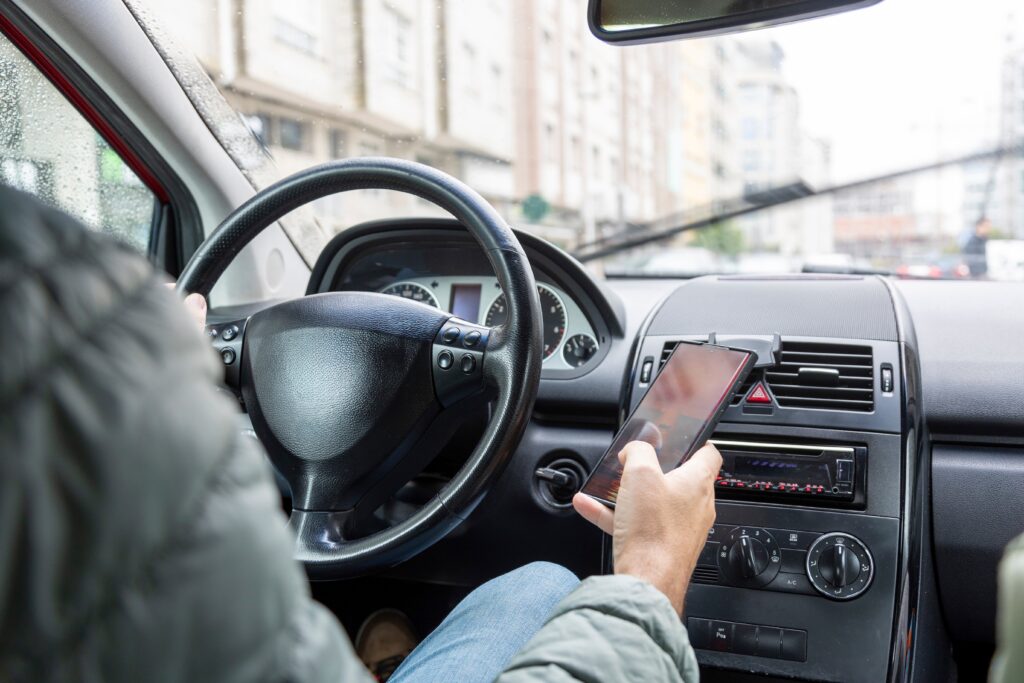
Texting or otherwise distracted drivers are a growing problem on the roads, contributing to a substantial number of accidents each year.
Texting while driving is particularly dangerous as it requires visual, manual, and cognitive attention. When a driver's attention is diverted to their phone, they cannot fully concentrate on the road ahead. This leads to delayed reaction times, swerving, and an increased likelihood of collisions.
If you have suffered an injury in an accident caused by a distracted driver, consult a reputable car accident attorney. They can investigate the accident, collect evidence of the other driver's distraction, and stand up for your rights. An experienced car accident attorney can help you through the legal process and seek the injury compensation you deserve.
Road Raged Drivers
Road rage is a dangerous behavior that can escalate quickly and lead to severe consequences. They often display anger and impatience towards other drivers, disregard traffic laws, and show a blatant disregard for their safety and that of others.
Drivers who experience road rage often exhibit aggressive and hostile behavior, putting themselves and others at risk. Some common signs of road rage include excessive honking, tailgating, yelling or cursing, making offensive gestures, and even physical confrontations.
Encountering a road-raged driver can be a stressful and intimidating experience. They should be held liable if they cause an accident with their deliberate behaviors.
Protect your rights and seek legal assistance after an accident caused by a road-raged driver. Contact a car accident attorney who has experience in handling road rage cases.
Rideshare or Taxi Drivers
With the rise of rideshare services like Uber and Lyft and traditional taxi services, the number of accidents involving rideshare or taxi drivers has increased. While these services provide convenience and accessibility, there are risks associated with relying on drivers who may be inexperienced, distracted, or fatigued.
After an accident with a rideshare or taxi driver, you need a lawyer who understands your rights and. Multiple parties may include the driver, the company they work for, and other motorists, making liability harder to determine.
Liabilities differ depending on whether the driver was on duty or off duty at the time of the accident.
- On-Duty Drivers: If the accident occurs while the driver is working and transporting passengers, liability may fall on both the driver and the rideshare or taxi company. These companies typically have insurance coverage for accidents that occur during passenger transport.
- Off-Duty Drivers: If the accident occurred while the driver was not on duty and was not carrying passengers, the liability may be similar to any other car accident and fall solely on the driver.
Your car accident lawyer can help determine liability and guide you through the legal process.
Fatigued or Drowsy Drivers
Fatigue or drowsiness can significantly impact a driver's ability to operate a vehicle safely. Whether due to lack of sleep, long working hours, or certain medical conditions, fatigued drivers are dangerous on the roads.
Fatigue can impair concentration, slow down reaction time, and even lead to microsleep episodes where the driver momentarily falls asleep behind the wheel.
When it comes to car accidents caused by fatigued or drowsy drivers, injured victims and their families need to understand the legal implications and seek appropriate legal representation to ensure compensation and justice in their cases.
Overly Confident Drivers
Confidence is an admirable trait, but when it comes to driving, overconfidence can be dangerous. Overly confident drivers may believe they have superior driving skills and disregard traffic laws, speed limits, and other safety precautions.
These drivers often take unnecessary risks and fail to acknowledge their own limits, increasing the likelihood of accidents.
No one is invincible on the roads, regardless of their driving experience or skill level. Adhering to traffic laws, maintaining a safe speed, and being aware of your surroundings are crucial for road safety.
If you have been involved in an accident caused by an overconfident driver, you will want to schedule a case review with a seasoned car accident lawyer. They can assess the circumstances of the accident and represent your best interests throughout the legal process. They will help you through every step of your case and seek the compensation you deserve on your behalf.
Reckless Speeders
Speeding is a common traffic violation that poses a significant risk to everyone on the road. Excessive speed limits a driver's ability to react to changing road conditions, increases the distance required to stop, and intensifies the force of a collision.
According to NHTSA research, reckless speeders factor in about one-third of all motor vehicle fatalities.
Speed limits are set to ensure the safety of all drivers. Adhering to speed limits, especially in residential areas and school zones, can help prevent accidents and protect lives. Drivers who ignore speed limits can cause accidents and make what would have been minor accidents much more severe.
If you have suffered an injury in an accident caused by a reckless speeder, seeking legal representation is vital. Your car accident attorney can investigate the circumstances of the accident, gather evidence of the driver's negligence, and build a strong case on your behalf. They will lead you in pursuing the compensation you deserve for medical expenses, lost income, and pain and suffering.
New Teen or Inexperienced Drivers
Inexperience behind the wheel can contribute to a higher risk of accidents, especially among new teen drivers. Inexperienced drivers may lack the necessary skills and experience to handle various driving scenarios.
They might struggle with judgment, decision-making, or maintaining vehicle control, leading to accidents. Lack of driving experience and overconfidence or peer pressure can lead to poor decision-making and unsafe driving behaviors. New teen or inexperienced drivers have a responsibility to ensure their own safety and the safety of others on the road.
If you or a loved one has suffered an injury in an accident caused by a new teen or inexperienced driver, you should seek immediate legal guidance. A car accident lawyer can assess the circumstances of the accident and advocate for your rights. They can help you navigate the legal process, negotiate with insurance companies, and seek the compensation you deserve.
Elderly Drivers
As individuals age, their reflexes and overall physical capabilities diminish, making driving more challenging. Elderly drivers may have difficulty reacting quickly to unexpected situations, leading to potential accidents. While not all elderly drivers are a danger on the road, some have caused serious and even fatal crashes.
If you or a loved one has been involved in an accident with an elderly driver, it is advisable to consult with a car accident attorney. They can guide you through the legal process and help you understand your options for seeking compensation.
Tailgaters
Tailgating, or driving too closely behind another vehicle, is a dangerous behavior that can lead to rear-end collisions. Tailgaters often fail to maintain a safe following distance, increasing the risk of accidents, especially when sudden braking is required. This aggressive driving behavior can cause severe injuries and property damage.
If you have been involved in an accident caused by a tailgater, schedule a case consultation with a car accident attorney. They can be your fierce advocate in proving what happened and holding the tailgating driver liable for your injuries.
Drivers Who Mishandle Their Vehicles
Proper vehicle handling is essential for road safety. Drivers who mishandle their vehicles often engage in unsafe behaviors, such as misusing their high beams, failing to use or overusing turn signals, honking the horn unnecessarily, braking erratically, overcompensating when steering, or driving on flat or underinflated tires.
Drivers who fail to drive safely and considerately respect the traffic laws and the safety of other drivers often cause accidents. If you suffered an injury in an accident caused by a driver who mishandled their vehicle, always seek legal representation. A car accident attorney can gather evidence of the driver's negligence, assess the damages and injuries, and advocate for your rights.
Too-Slow Drivers
While speeding is a well-known danger on the roads, driving too slowly can also present hazards. Slow drivers can disrupt the flow of traffic and cause frustration, leading to unsafe maneuvers. Additionally, driving significantly below the speed limit can lead to congestion and increase the risk of rear-end collisions.
All drivers should maintain a speed appropriate for the road conditions and within the designated speed limits. Those who drive significantly slower than traffic flow have a responsibility to pull over to allow faster vehicles to pass safely.
Don't hesitate to seek legal advice from a skilled car accident attorney if you have been involved in an accident caused by a too-slow driver. They can navigate through the steps of the legal process, represent your best interests, and pursue financial recovery for your damages and injuries.
Drivers with Physical or Mental Health Issues
Drivers with physical or mental health issues may face challenges and impairments that affect their ability to operate a vehicle safely. Conditions such as vision problems, hearing impairments, cognitive impairments, or untreated mental health disorders can significantly impact a driver's ability to react to hazards on the road.
If you have suffered an injury in an accident caused by a driver with physical or mental health issues, it is vital to seek legal representation right away. They will gather evidence of the driver's impairment and build a robust case on your behalf.
Were You in an Accident Caused by a Dangerous Driver? Contact a Car Accident Attorney Near You
If you or someone you know has suffered an injury in a car accident caused by a dangerous driver, your next step should be to seek reliable legal guidance. Contact a car accident lawyer near you to protect your rights and pursue the compensation you deserve.
No matter what type of driver caused your accident, they can assess the circumstances of your case, gather evidence, and advocate for your best interests throughout the legal process. Don't wait. Contact a Phoenix personal injury attorney today to ensure you receive the justice you deserve.

